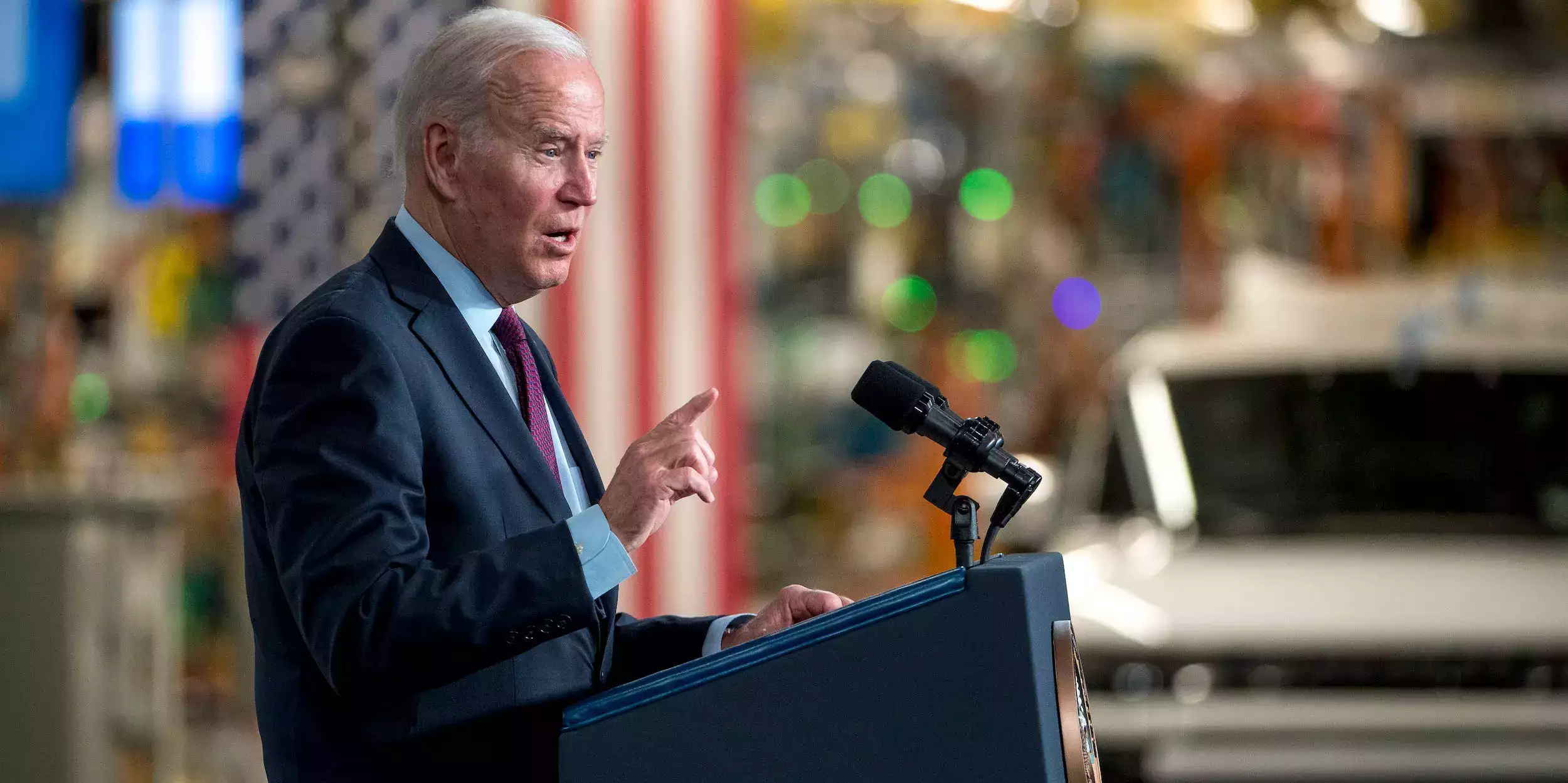India is set to invest a whopping Rs 143 lakh crore in infrastructure between the fiscal years of 2024 and 2030, which is more than double the amount spent in the past seven financial years starting from 2017, according to rating agency Crisil. A significant portion of this investment, Rs 36.6 lakh crore, will be allocated towards green initiatives, marking a five-fold increase compared to the previous fiscal years of 2017-2023.
In its Infrastructure Yearbook 2023, Crisil stated, “India’s infrastructure spending will double to Rs 143 lakh crore between fiscals 2024 and 2030, compared with 2017-2023.” Managing director and CEO of Crisil Ltd, Amish Mehta, expressed confidence in India’s GDP growth, expecting it to average at 6.7% through fiscal year 2031, making it the fastest-expanding large economy. Moreover, Mehta highlighted that per capita income is projected to rise from USD 2,500 to USD 4,500 by fiscal year 2031, effectively positioning India as a middle-income country. This growth will be fueled by extensive infrastructure development with a strong emphasis on sustainability.
During the release of the CRISIL Infrastructure Yearbook 2023, which introduces the unique national index called CRISIL InfraInvex, Mehta emphasized that policy interventions and a favorable investment climate have contributed to the consistent increase in CRISIL InfraInvex scores across various sectors. He declared that four sectors, namely roads and highways, power transmission, renewable energy, and ports, have consistently achieved scores of 7 or higher out of 10, reflecting the rapid reforms and developments undertaken in recent years.
Crisil predicts that the next phase of infrastructure development will witness larger-scale projects and an increase in the average ticket size of projects. The agency stated that the combination of appropriate policy and regulatory interventions, along with a focus on timely execution, creates an attractive environment for stakeholders to accelerate investments in infrastructure sectors.
One notable trend highlighted by Crisil is the prominence of sectors such as roads and power as major contributors to India’s infrastructure development. Additionally, relatively nascent sectors including EVs (electric vehicles), solar, wind, and hydrogen are expected to gain momentum. Crisil predicts that by 2030, electric vehicles will account for 30% of India’s overall automobile sales. Two-wheeler EV sales are expected to surpass other segments until 2028, while the demand for EV buses will be driven by state transport undertakings.
According to Crisil, the favorable total cost of ownership, total cost of acquisition, and the availability of models for two- and three-wheelers will support the uptake of electric vehicles in the coming years. The agency also predicts that the share of renewable energy in India’s total capacity will grow fourfold between the fiscal years of 2023 and 2030. While solar energy will contribute to half of the incremental non-fossil generation, Crisil emphasizes the need to leverage emerging technologies such as “floatovoltaics” (floating solar), offshore wind technology, and green hydrogen. The hydrogen sector is projected to attract significant investments amounting to Rs 1.5 lakh crore between the fiscal years 2024 and 2030. Mandates for green hydrogen usage and incentive schemes will play a crucial role in this sector, considering that the cost of producing green hydrogen is double that of fossil-based hydrogen.
Crisil identifies India’s first sovereign green bond issuance as a significant milestone that will pave the way for the development of the domestic bond market for green issuances. It points out that in recent years, there has been an increasing appetite for green assets among global investors, leading to Indian companies seeking funds in global markets.

I have over 10 years of experience in the cryptocurrency industry and I have been on the list of the top authors on LinkedIn for the past 5 years. I have a wealth of knowledge to share with my readers, and my goal is to help them navigate the ever-changing world of cryptocurrencies.











